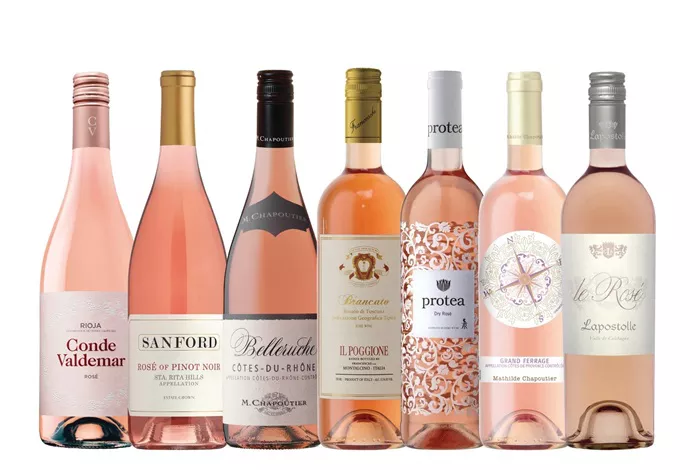The California wine industry is grappling with a trifecta of challenges: declining consumer spending, an oversupply of wine and grapes, and a backup of inventory in the sales pipeline. These issues are placing considerable strain on growers and producers, especially as the aftermath of the 2024 harvest becomes an immediate threat.
The most pressing concern is the glut of grapes, particularly in renowned wine regions like Napa Valley. Many growers are finding it increasingly difficult to sell their fruit, and experts predict that tens of thousands of acres of vines will need to be uprooted to address the surplus. The oversupply of grapes, coupled with sluggish sales, has created a precarious situation for the industry.
“It’s a tough situation. There’s no doubt about it, where we sit as an industry,” said Glenn Proctor, managing partner at Ciatti Company, a global wine and grape brokerage based in Novato, California. “We’re going through some resets, trying to understand where we’re going to go in the future.”
Christian Klier, a North Coast grape broker at Turrentine Brokerage, echoed Proctor’s concerns, emphasizing that the industry is poised for significant upheaval. “There will be huge changes in this industry, with more pieces about to fall off the playing board here in the next year or two,” Klier said.
Vintage Wine Estates’ Bankruptcy Highlights Broader Struggles
The challenges facing the wine industry are starkly illustrated by the recent bankruptcy of Vintage Wine Estates (VWE), a major Sonoma-based producer. VWE, which owns a portfolio of California wineries including Clos Pegase, Swanson, and B.R. Cohn, filed for Chapter 11 bankruptcy protection in July. In September, the company auctioned off several of its winery brands to various buyers.
VWE’s troubles reflect the larger struggles of the industry. The company, which had pursued an aggressive acquisition strategy by purchasing underperforming wineries and brands, was unable to weather the combined effects of the COVID-19 pandemic, declining wine sales, and rising interest rates. The downturn in the market proved insurmountable, forcing the company to restructure and divest its assets.
A Decline in Wine Consumption
The issues facing California’s wine producers have been brewing for some time. Wine consumption in the United States began to decline in 2021, and according to Impact Databank, sales volume fell by 2.8 percent last year, marking a loss of more than 9 million 9-liter cases. This marks a sharp contrast to the growth seen in the industry from the early 1990s to 2018, when consumption increased by an average of 2.5 to 3 percent annually.
“The writing has been on the wall for a few years now,” said Proctor, noting that the rapid expansion of wine consumption in previous decades has not been sustained. “We’re seeing a shift in consumer behavior, and the industry needs to adapt to a new reality.”
With oversupply, shrinking demand, and financial instability plaguing some of the state’s largest producers, the California wine industry faces a challenging road ahead. The next few years will likely see continued consolidation, closures, and an industry-wide reevaluation of production and pricing strategies.
You Might Be Interested In:


